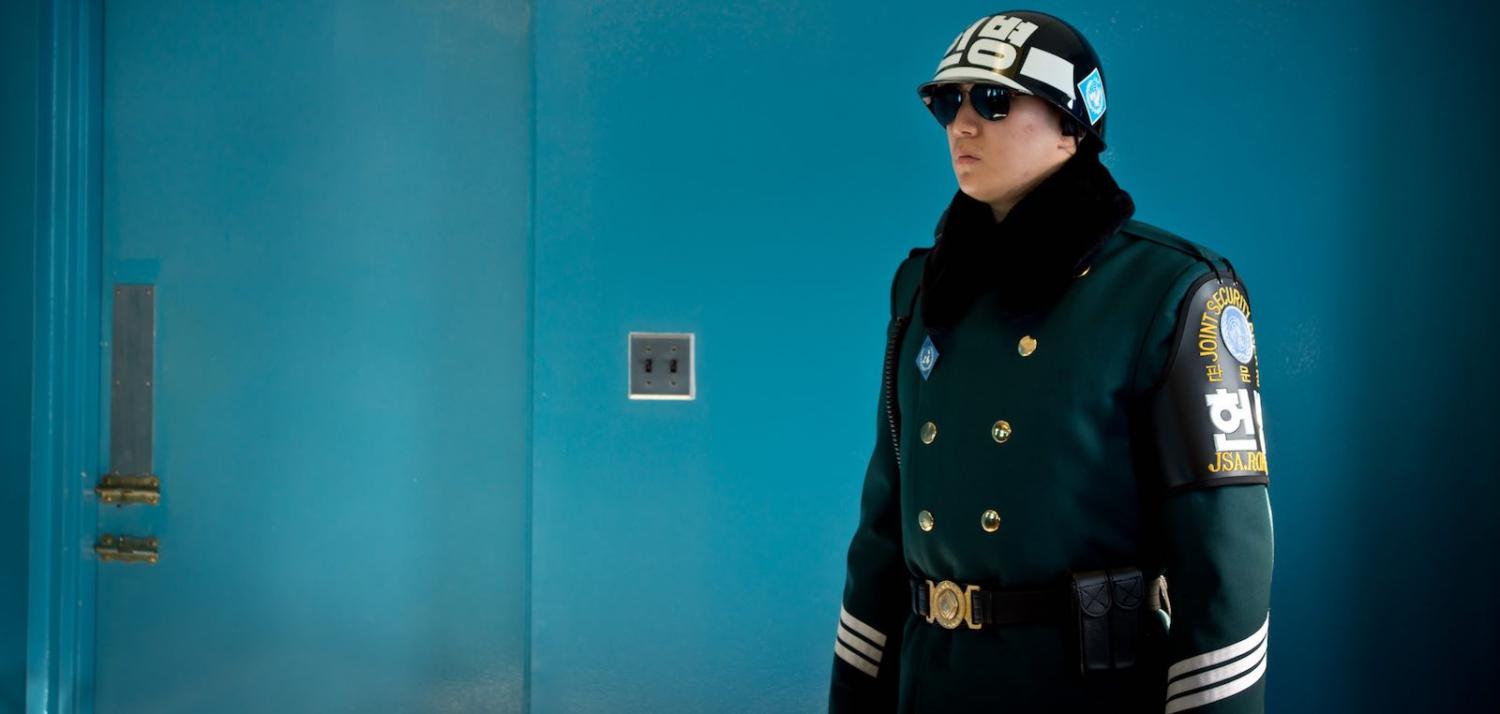The Trump–Kim summit in Singapore was the first step towards persuading North Korea to join the few countries that have relinquished nuclear weapons. It also presents the best chance since the Clinton administration’s breakthroughs in 2000 to normalise relations.
But denuclearisation and normalising relations won’t be accompanied by any real ambition for Korean unification. Little effort has been made to include removing the dividing line on the peninsula as an issue in US–North Korean negotiations, mostly because the various barriers are not merely confined to physical obstacles along the demilitarised zone.
The principal stumbling block is the likelihood of Kim Jong-un remaining in power. When the Soviet Union collapsed roughly 30 years ago, the governments of its former client states in Eastern Europe were steadily deposed. North Korea was similarly reliant on the USSR for economic, political, and military aid, yet could also count on Chinese assistance. Even now, Beijing still provides enough of a lifeline for North Korea to avoid collapse.
The various barriers are not merely confined to physical obstacles along the demilitarised zone.
Like his father and grandfather before him, Kim Jong-un has brutally suppressed dissent and killed those who pose a threat. This has helped prevent any real domestic affront to his power, while nuclear weapons have become a safeguard against foreign attempts to have him removed.
The severity of North Korea’s regime over time means Kim will resist any political reform, lest he and his inner circle be thrust before an international tribunal.
But Kim is far from the only hurdle. Korean reunification would also be dependent on cooperation between the region’s major powers.
Almost 30,000 US military personnel are based in South Korea. They not only help to deter North Korea, but also keep a check on Chinese and Russian power in East Asia. China and Russia each border North Korea, and neither would accept thousands of US troops on their doorstep.
The US troops are unlikely to simply pack up and leave. US forces in South Korea are integral to Washington’s ability to project power in East Asia. They are seen as a defensive measure against a hostile state, and as providing support to a US ally.
Recently, the South Korean government indicated it is willing to pay more for deployment costs. Removing US forces in South Korea in the hope of eventual reunification could generate intense political backlash in both countries. Military leaders would publicly reject the idea based on national security grounds.
Korean reunification is also unlikely to be supported in Japan. Before Germany’s reunification in 1990, British prime minister Margaret Thatcher routinely expressed her disapproval. Japan’s leaders have even more reason to be alarmed.
The Japanese colonisation of Korea is a source of contention for all Koreans, and reunification would create a large and potentially hostile country as Japan’s neighbour. If the two Koreas remain divided against one another, Tokyo has less to worry about.
And as always, there is the question of money. The cost of German reunification is estimated to be more than two trillion euros and counting. In 1990, East Germany’s GDP per capita was €9000, well behind West Germany’s €22,000 per capita. In 2016, South Korea’s GDP per capita was estimated to be US$25,000, compared to roughly $1000 in the North.
North Korea’s economy is also largely based on agriculture and mining, in complete contrast to South Korea’s high-tech industries. Integrating the two economies, and rectifying other disparities, would be expensive and time-consuming for South Korean taxpayers.
This cost would be carried by future generations. Younger South Koreans are already less enthusiastic about reunification than older generations. Many of the familial links between those on the North and South have been lost over 70 years, with a lot of younger South Koreans having no direct ties to anyone in North Korea. The two countries have developed different cultures over time, further eroding a single Korean identity.
Finally, East Germany’s 16 million citizens were dwarfed by the West’s 65 million in 1990. Today, 51 million people live in South Korea, compared to 25 million in the North. Opening the border could trigger a refugee crisis capable of overwhelming South Korean society and resources.
Trump’s ambitious plan for North Korean denuclearisation could help finally bring peace to the Korean Peninsula, but will not result in any meaningful progress on reunification. There is little collective resolve to pursue it, and the barriers to reunification have increased over time. The cost of denuclearisation will include reassuring North Korea’s leadership that they will remain in power, delaying reunification indefinitely.

